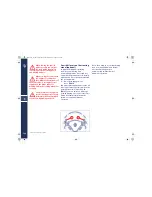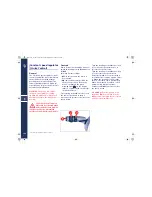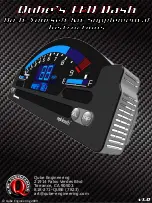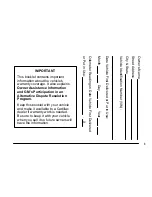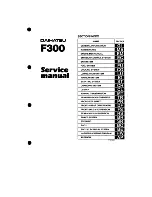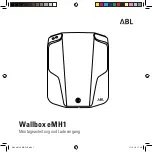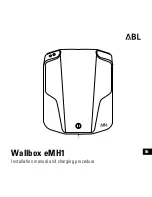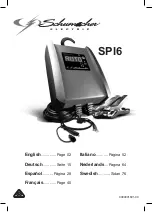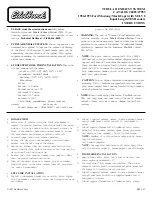
5
Driving conditions
177
Driving at night
The main guidelines to follow when
driving at night are set out below:
– Drive with particular caution: at
night, driving conditions are more
demanding.
– Reduce your speed, especially on
roads with no streetlights.
– At the first signs of drowsiness stop:
to continue driving would be a risk
for yourself and for others. Proceed
only after you have had a rest.
– Keep the vehicle at a greater
distance from vehicles in front of you
than you would use during the day: it
is difficult to assess the speed of
other vehicles when you can only see
the lights.
– Check that the headlights are aimed
correctly: if they are too low, they
reduce visibility and strain the eyes.
If they are too high, they may bother
the drivers of other vehicles.
– Use the high beams only outside of
densely-populated areas and when
you are sure that they will not
disturb other drivers.
– When another vehicle is
approaching, switch from high
beams (if on) to low beams.
– Keep lights and headlights clean.
– Outside of densely-populated areas,
beware of animals crossing the road.
Driving in the rain
Rain and wet roads are dangerous. On
a wet road all the manoeuvres are
more difficult since wheel grip on the
asphalt is significantly reduced. This
means that the braking distances
increase considerably and the road
holding decreases.
Below are some advices for driving in
the rain:
– Reduce your speed and keep a
greater safety distance from the
vehicles in front of you. High speed
may result in a loss of control due to
aquaplaning.
– Heavy rain also substantially reduces
visibility. In these circumstances,
even during the day, turn on the low
beams, to be more visible to other
drivers.
– Position the air conditioning and
heating system controls for the
demisting function, in order to avoid
any visibility problems.
– Periodically check the conditions of
the windscreen wiper blades.
Driving in fog
If the fog is dense, avoid travelling
where possible.
When driving in mist, blanket fog or
when there is the possibility of banks
of fog:
– Keep a moderate speed.
– Even in the daytime, turn on the low
beams, the front and rear fog lights.
Do not use the high beams.
– Remember that fog creates
dampness on the asphalt and thus
any type of manoeuvre is more
difficult and braking distances are
extended.
– Keep a safe distance from the vehicle
in front of you.
– Avoid sudden changes in speed as
much as possible.
– Whenever possible, avoid
overtaking.
– If you are forced to stop the vehicle
(breakdowns, impossibility of
proceeding due to poor visibility,
etc.), first of all, try to stop off of the
travel lane. Then turn on the hazard
warning lights and, if possible, the
low beams.
– Sound the horn rhythmically if you
hear another vehicle approaching.
M139_UM_ing.book Page 177 Friday, September 5, 2008 8:19 AM
Summary of Contents for Quattroporte Automatic
Page 1: ...Owner s Manual M139_UM_ing book Page 1 Friday September 5 2008 8 19 AM ...
Page 3: ...3 M139_UM_ing book Page 3 Friday September 5 2008 8 19 AM ...
Page 12: ...12 Cap1_FOTO_ing fm Page 12 Friday May 30 2008 2 12 PM ...
Page 14: ...1 14 Cap1_FOTO_ing fm Page 14 Friday May 30 2008 2 12 PM ...
Page 19: ...1 Key codes 19 M139_UM_ing book Page 19 Friday September 5 2008 8 19 AM ...
Page 20: ...2 20 Cap2_FOTO_ing fm Page 20 Friday May 30 2008 2 14 PM ...
Page 59: ...2 Fuel cut out inertia switch 59 M139_UM_ing book Page 59 Friday September 5 2008 8 19 AM ...
Page 60: ...3 60 Cap3_FOTO_ing fm Page 60 Friday May 30 2008 2 17 PM ...
Page 98: ...4 98 Cap4_FOTO_ing fm Page 98 Friday May 30 2008 2 44 PM ...
Page 150: ...5 150 Cap5_FOTO_ing fm Page 150 Friday May 30 2008 2 22 PM ...
Page 186: ...6 186 Cap6_FOTO fm Page 186 Friday May 30 2008 2 24 PM ...
Page 218: ...7 218 Cap7_FOTO fm Page 218 Friday May 30 2008 2 27 PM ...
Page 234: ...8 234 Cap8_FOTO_ing fm Page 234 Friday May 30 2008 2 29 PM ...
Page 258: ...9 258 Cap9_FOTO_ing fm Page 258 Friday May 30 2008 2 32 PM ...


